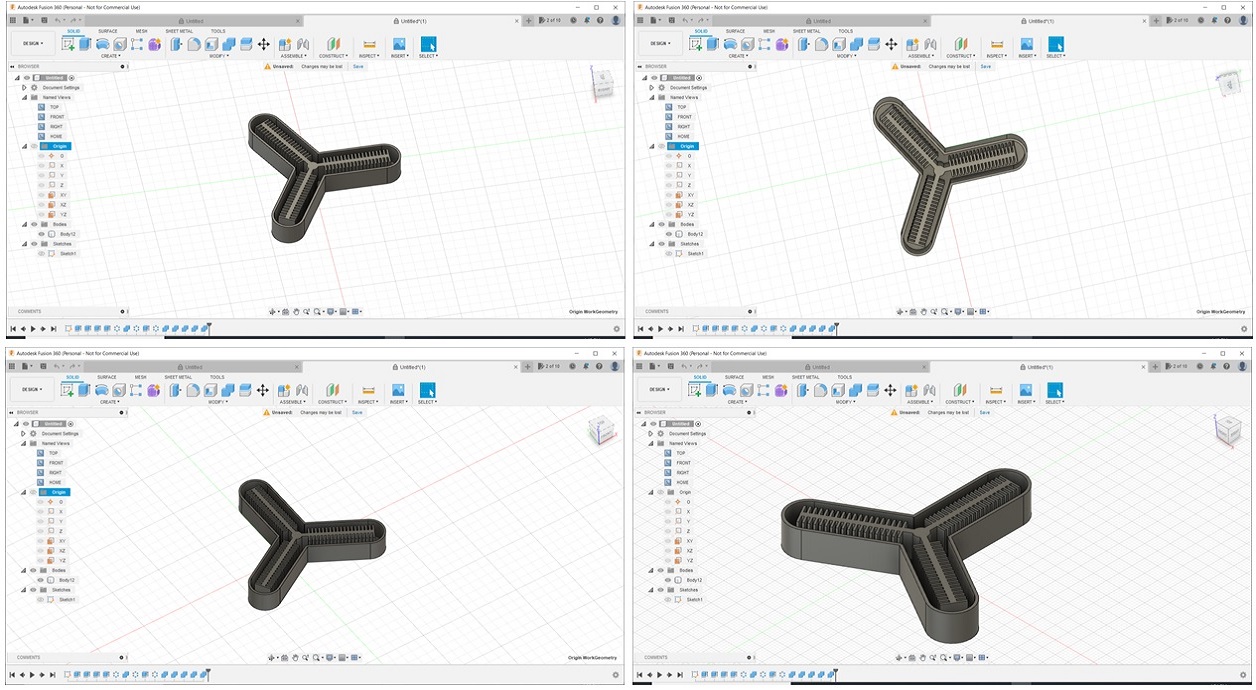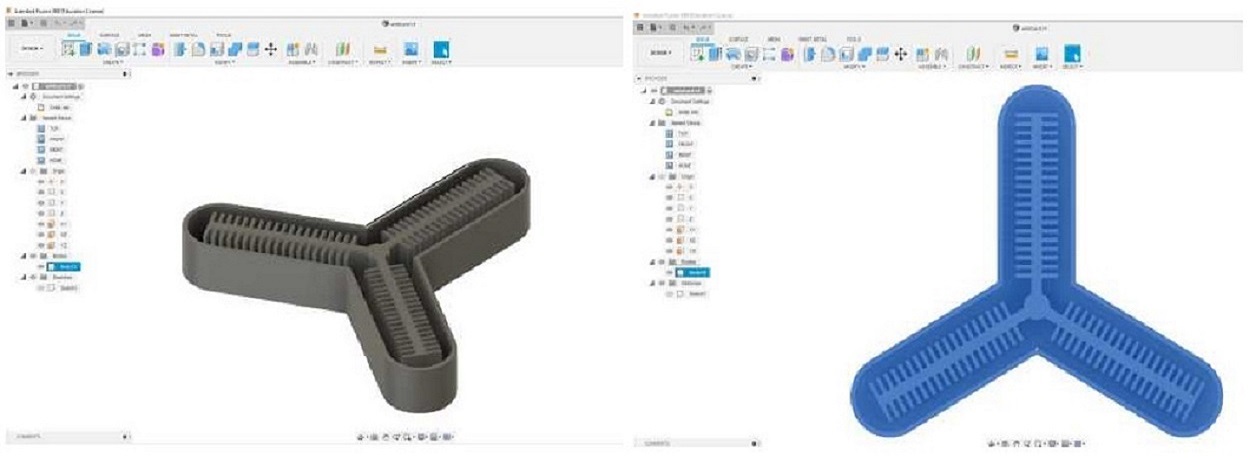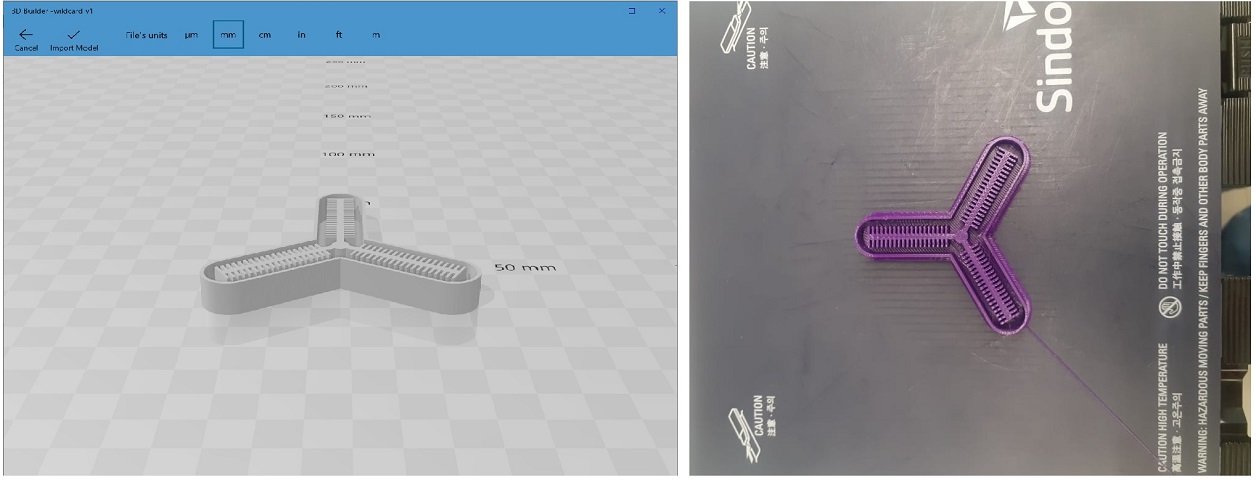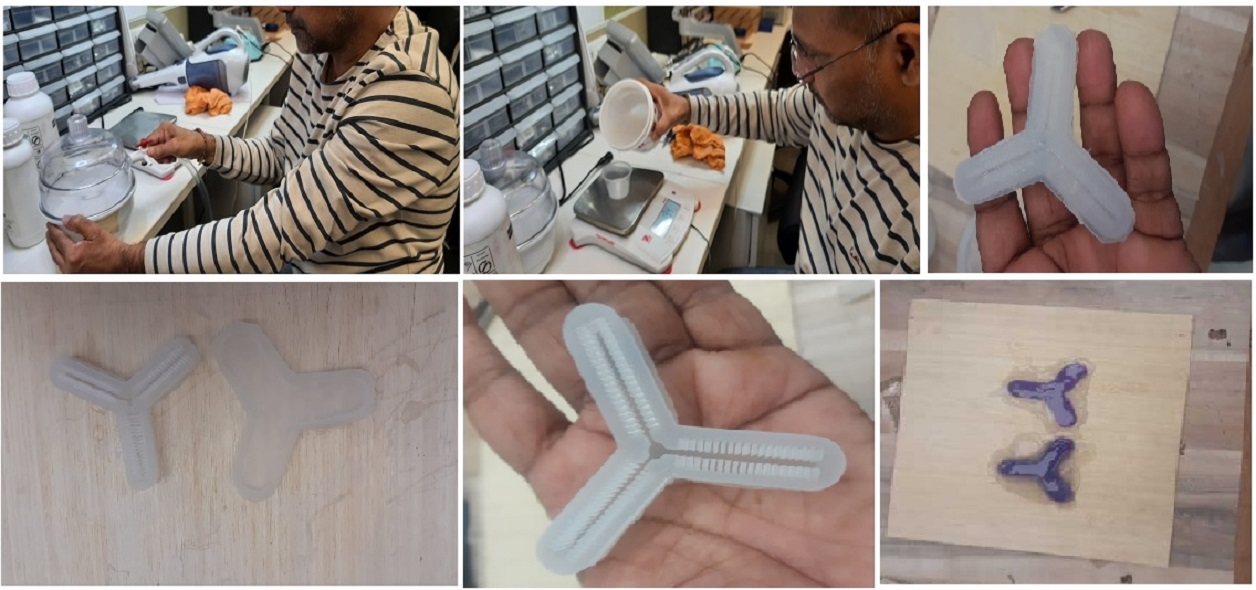


Wild Card |
|
| Introduction :: | |
Soft robots have been a buzz word in the field of robotics. As I have learned a little about Computer Controlled Cutting and Computer Controlled Machining learned, this wild week should be something different that we have not covered in the class. So, for this Wild week assignment, I planned to Design and produce something with a digital fabrication process (incorporating with CAD) which are not yet covered in another assignment. Documenting the requirements that meets your assignment and including everything which are necessary to reproduce. So lets try do something making like a soft robot with my little knowledge and support from my instructor and traing colleagues of my lab.
|
|
| Making a Soft Robot | |
A Soft robotics is the subset of robotics that focuses on technologies the design, control, and fabrication of robots composed of compliant materials, instead of rigid links.[1] In contrast to rigid-bodied robots built from metals, ceramics and hard plastics, the compliance of soft robots can improve their safety when working in close contact with humans. Experts describe the soft robotics approach as a form of biomimicry in which the traditionally linear and somewhat stilted aspects of robotics are replaced by much more sophisticated models that imitate human, animal and plant life.
Soft robotics on the other hand seeks to make robots that are soft, flexible and compliant, just like biological organisms. The ‘body’ of a soft robot is soft like natural tissue. A soft robot is driven not by heavy motors but by soft artificial muscles. |
|
| How it Works | |
There are different ways to acuate a soft robot which include: pneumatic, photosensitive, combustion driven etc. In this week I am going to try out pneumatic actuation. When air is pumped into theses cavities, the cavities expand and the structure changes its shape. The structure can also change its shape when air is pulled out of these cavities. is kind of cool animal to biomimic and I think it would be great experiment. The cavities will swell up when air is pumped throught the air in and the whole body bends. The cavies can be desined according the the required shape and size that5 we need to move/bend the body.
Thus, soft robots are often designed to look like familiar creatures, especially entirely soft organisms like octopuses. However, it is extremely difficult to manually design and control soft robots given their low mechanical impedance. The very thing that makes soft robots beneficial—their flexibility and compliance—makes them difficult to control. Thus, soft robots are commonly designed in part with the help of automated design tools, such as evolutionary algorithms, which enable a soft robot's shape, material properties, and controller to all be simultaneously and automatically designed and optimized together for a given task. |
|
3D Designing and Printing |
|
I started design using Fusion 360 to design the 3 legged Mini catcher and for that I need to first create the negetive mold. In addition to basic frame, small pockets need be created along the length of fingers inside the mold so that air can be filled which causes the fingers to bend. The rib width was selected as 4mm and the length and breadth of the model is 8 mm height of 1 9 mm width. |
|
 |
|
 |
|
After completion of the design I pinted with Sindoh DP 200 and the shown below is the image. |
|
 |
|
|
|
| After that, I need to prepare for mold of the pinted soft robot. Accordingly, as per requirement, I used the liquid Silicon rubber which is of two parts as Part A & B with a proportion of 1:1, so that the mold would be in a proper shape. |
|
After that, I used the Liquid Silicon Rubber of equal quantity of 1:1 ratio with the help of weight measuring machine and mixed manually and put into the M Mercury Vacuum for 2-3 min for removing the bubbles acumulated during the mixing. |
|
 |
|
Final Output |
|
Since there was some error, i tried again with the help of remote instructor and here is the output |
|
 |
|
Putting the Silicon Mold inside the part the cover using little double layer paper and waited for 3-4 hrs and removed it carefully as, it was fitted strongly |
|
 |
|
 |
|
Then, I put the cast in the outer Mold which is inverted with the teeths lower side and without applying any pressure so that the surface just may touch the surafce of the silicone solution lying in the outer mold so that it may create the thin layer which may close the openings.During this process I inserted one rubber tube nozzle so that I can fill the air inside the mini catcher. |
|
After this when i was pumping air into it I found that the rubber nozzle didn't fixed to the silicone rubber solution and it didn't worked.,So I filled the air any how in the soft robot.It worked little bit but it didnt worked perfectly fine.
|
|
Here is the video of Output excercise |
|
Composite for Wild Card |
|
For making the composite solution, we have planned to make something new with the combination of ShopBot, Molding Casting and Oven. Further, we are lucky enough that, during the making of the composite, our remote instructor Mr. Sibu Saman was present and we are encouraged to complete the work with his help. These constituent materials have notably dissimilar chemical or physical properties and are merged to create a material with properties unlike the individual elements. Within the finished structure, the individual elements remain separate and distinct, distinguishing composites from mixtures and solid solutions. |
|
Before starting, the following Safety Data were followed:Safety data for the molding and casting material is basically the same-
|
|
The Workflow |
|